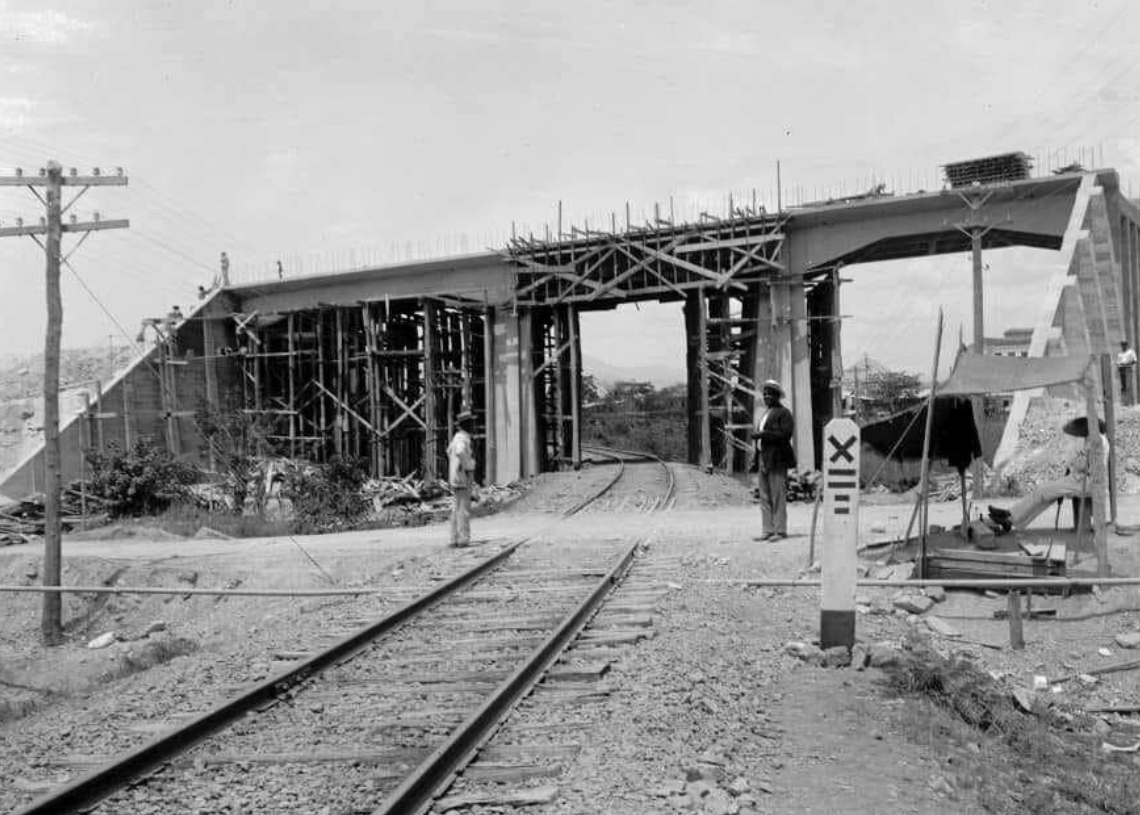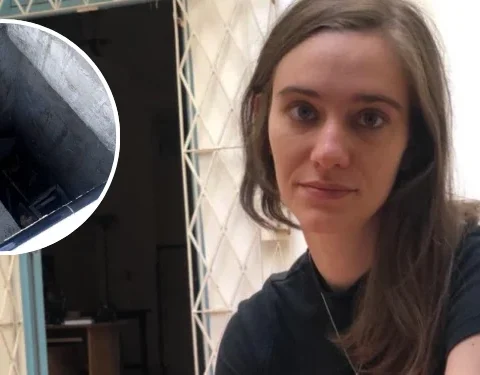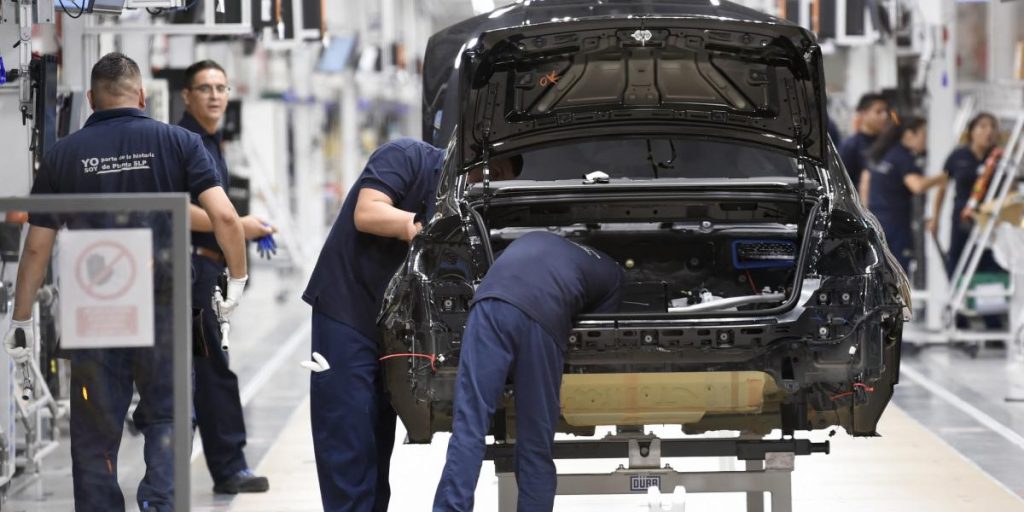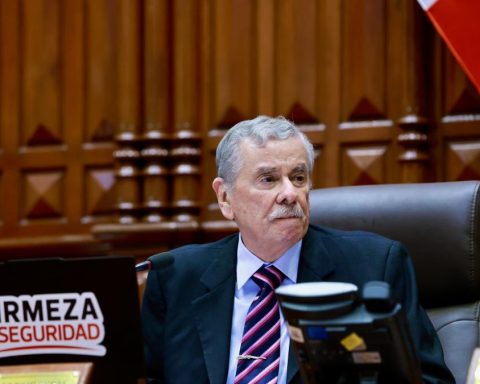Florencio Ceruti, editor of the Spanish magazine Cosmopilesselected the issues about Cuba that should not be missing in that extraordinary issue that the publication, edited in Madrid, prepared for the month of September 1929, and in which notable Hispanic journalists and the island collaborated.
Of course, it would include the famous National Highway. Although it was still in constructive process, it was of interest to public opinion. In the special envoy report, he wrote:
“Where and how the machines that build the Central Highway are made. By plains and by mountains, almost always straight, the most modern machines execute the work of thousands of men. They cut the rock, they dig the earth, they transpire it outside the road, they add the stone, mix cement and asphalt … without them it would not have been possible in two years to end almost all of the 1,200 kilometers of magnificent road, model in its kind, its kind, One of the most beautiful and solid in the world that separates Pinar from the Santiago de Cuba river. ”
Water, roads and schools
During the 1924 election campaign, General Gerardo Machado Morales, veteran of the last independence, businessman and political war, summarized his government program in the slogan “Water, roads and schools.”
On May 20 of the following year, he assumed the position of President of the Republic and on July 15, 1925, Congress approved the law provided for the execution of the Central Highway, the largest project between the roads he planned to build.
Two auctions were made to hire the executors of the work. Six companies attended with their proposals. The Special Court, in the second call, made on November 30, 1926, approved the projects presented by the Warren Brothers Company and for the Cuban Company of Contractors Sa The Chase National Bank of the City of New York I would finance the work. On February 19, 1927, the three contracts were signed in the presidential palace.

The stipulated execution period would be 5 years. The Cuban company who starred in this constructive feat had been founded in 1915 by Adolfo R. de Arellano González Mendoza and Mario González Mendoza Freyre de Andrade. The group had important and diverse buildings: the Jaronú, Craunagu and Velasco sugar plants, the hotels, almendares and pelegrín, rule aqueducts and Marianao, the bridge of the Country Club Park, a part of the Havana Malecon wall, and The urbanizations of the distributions cracked, crowns, railings, country club, biltmore, jaimanitas, widening of the Vedado, Miramar, fifth avenue, among others. The value of the constructions executed, according to the Marina Diariountil February 1929, it was 20 million pesos.
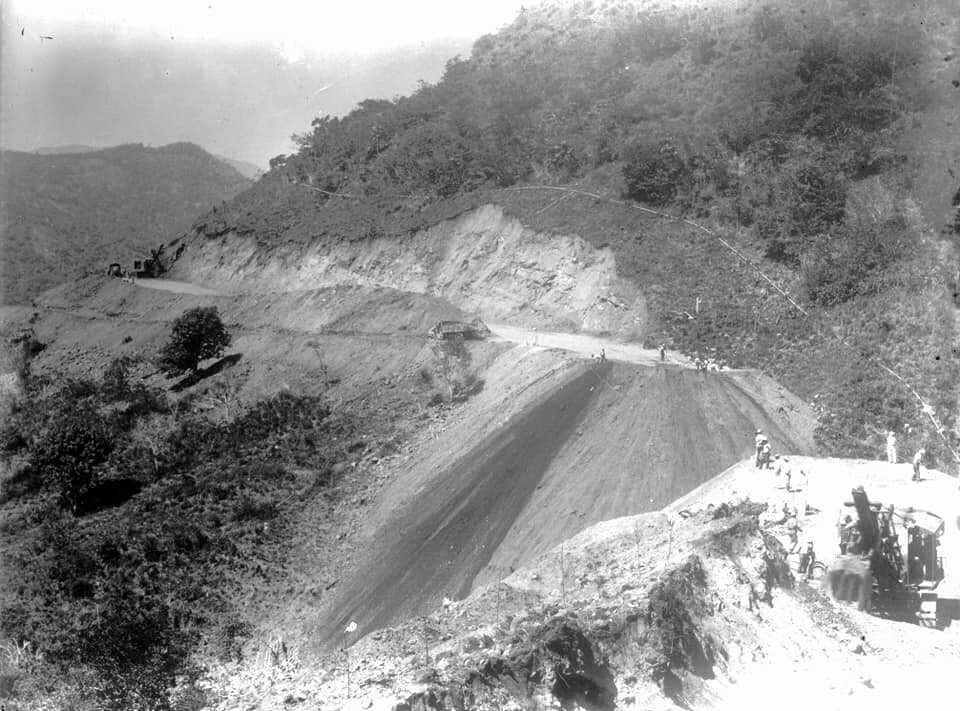
The inauguration of the works was carried out on March 1, 1927 during an event held in San Francisco de Paula, chaired by Machado. They appointed the engineer Manuel A. Coroalles, head of the Bureau of Roads y Puentes of the Ministry of Public Works, technical director of the work.
The quality of its construction, almost a century later, is still commendable. According to the researcher Juan de las Cuevas Toraya, these technical criteria were followed: “(…) the embankment was carried to the desired level, for which it was consolidated with a three -wheel cylinder and a weight not less than 10 tons, the Material that did not resist the consolidation was removed and replaced by chopped stone and gravel. On that subgrade a 20 cm tel base was placed by hand with a rajón and a layer of 10 cm rajoncillo, cylindering later. Once the Telford – Mac Adam base was finished, a 30 cm thick concrete plate (…) and if necessary reinforcement steel was placed on it. The bearing surface was achieved with bituminous concrete and in the places of intense transit extended on the concrete base a layer of sand of 3 cm and then granite cobblestones were placed and the sealed joints with a melting of hydraulic mortar. ”
Also the Ministry of Public Works supervised the quality of the materials through a laboratory endowed, according to the bulletin of that ministry, “of all scientific resources, of the most modern instruments, all the construction materials pass on the test, all the construction materials, lubricants, coal and other fuels without it being possible for the State to be given a hare ”.
The engineer J. de Valdés Cartaya directed this laboratory.
To organize the work, the road was divided into thirty -two sections, each of 30 to 40 km. The Cuban Company of Contractors SA built the section of the provinces Matanzas and Santa Clara and the Warren Brothers Company the path of Pinar del Río, Havana, Camagüey and Oriente. They took advantage, provided it was possible, the old layout of the royal roads, used materials from the localities and the width of the road remained in 20 meters; Thus they avoided unnecessary expropriations.
The engineer told him Manuel A. Coroalles to a reporter from Bulletin of the Ministry of Public Works That: “Hundreds of thousands of planes in Ferropruusiato there has been a need to do so that each engineer, each assistant, each expert, each foreman, had the map of the part of the road that corresponded to him. The plans in the Secretariat are removed in a kind of rotary, which has been working for months with the activity of the machines to make bank tickets they had in their impedimenta certain Mexican generals in the years of the constitutionalist revolution. ”
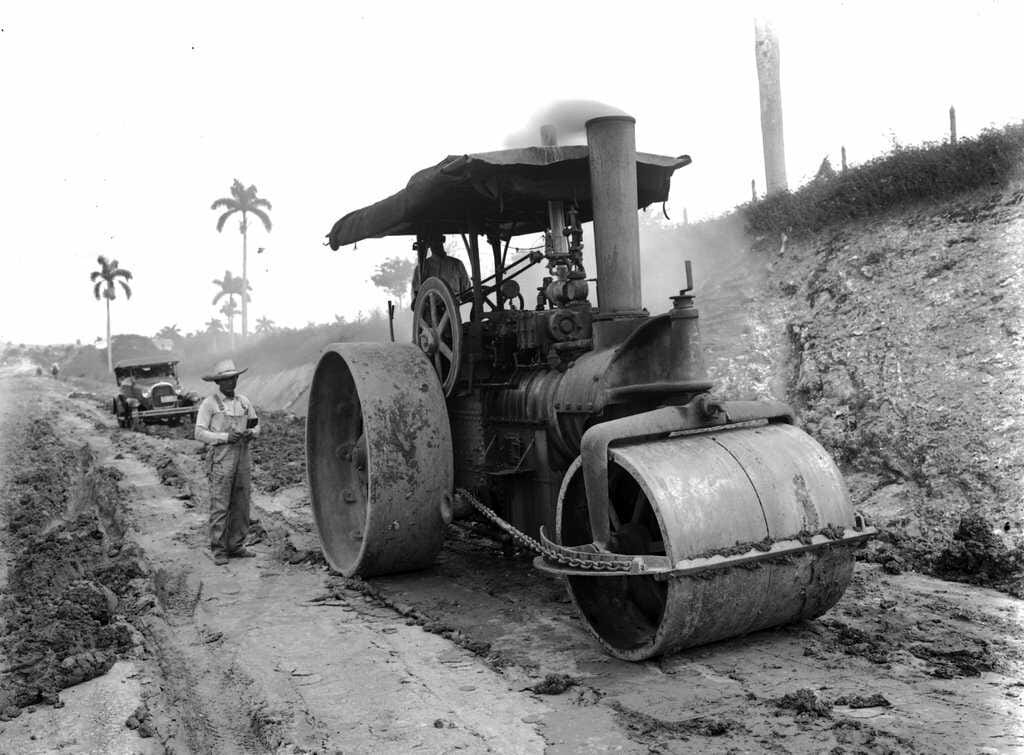
They were used in the construction of the Central Highway of Cuba. Photo: Archive of the Ministry of Public Works.
Figures and other interest data
In the construction of the central highway, according to the Marina DiarioFebruary 24, 1931, 101 123 089 pesos; However, the scholar specifies Juan de las Cuevas Toraya: “The expenses incurred by the Ministry of Public Works in studies, projects, expenses for supervision and control of the execution of the work, it is considered that they reached 111 million pesos, resulting in a unit cost of 97,429 pesos pesos by km ”.
Earth extracted from clearing and explanation works: 7 million cubic meters. Extracted rock: 1 million cubic meters. Material used in embankmenting works and leveling: 6 million cubic meters. Bars steel for reinforcement and bridges: 11 884 thousand kilograms. Amount of stone: 2 million cubic meters; Sand: 700 thousand cubic meters and cement: 2,600 thousand barrels.
He covered 1139 kilometers, 39,446 trees had to be cut down and 536 bridges of different types and 1482 sewers. The used cement produced, in Mariel, the El Morro factory, owned by the Cuban Cement Company Portland.
They built two large viaducts in the province of East, one 168 meters long and another of 130 meters and other minors in swampy areas.
The longest and louder bridge was that of the Cauto River and the largest light that was built on the Zaza River. Superior and lower steps were built where the road with rail lines crossed. For example: in San Cristóbal, Catalina, Colosseum, Jovellanos, Santo Domingo, Placetas, Guayos, Tunas, among others. The cost of the upper steps reached 4 million pesos.
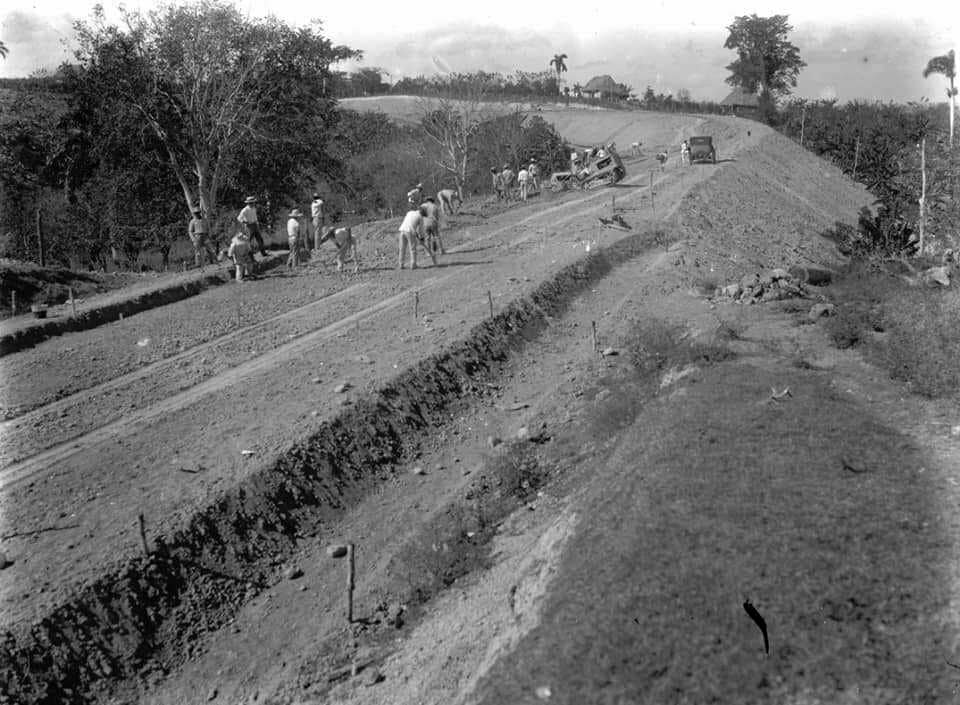
The graphic signals were cast of aluminum, and the posts had galvanized iron beams. Those who marked every kilometer were made with stones of Jaimanitas, carried the number of the route, the names, addresses and distance of the two major populations among which were located. “On the side faces the distance to the nearest town, and in the posterior face the name of the municipal term to which it belongs, the official number of the post and the elevation of the land (…).” They appointed seventy members of the Rural Guard, previously trained, for traffic surveillance service.
In the works of the Central Highway, about 20 thousand workers were used, 600 large mechanical machines were used (excavators, palers, cylinders, tractors, trucks, leveling and mixing, among others).
It was inaugurated on February 24, 1931.

Importance
Considered since 1997 as one of the seven wonders of Cuban Civil Engineering, according to criteria of the National Union of Architects and Construction Engineers of Cuba, the road, by connecting cities and towns, favored commercial, industrial and industrial development. agricultural.
As with the central railroad, it encouraged the emergence of settlements and the demographic growth of those already established and promoted tourism. In addition, it was a training center for thousands of workers. About this, Juan de las Cuevas Toraya has underlined:
“It should be noted as a great importance that the construction of the central highway throughout the country, based on concrete, meant a large school, trained hundreds of foremen and thousands of workers in the dosage and use of that material, which, which , although already quite worked in Havana for those years, it was not common employment in the rest of the country. Operators and mechanics of equipment such as bulldóceres, excavators, motorbasers, compressors, concrete, drilling and stone mills were also formed; Similarly, the taking of thousands of concrete specimens and sampling and analysis of the physical, chemical and mechanical characteristics of rocks and sands, served to form personnel in laboratories and in the quality control activity. In general, this work served to prepare personnel throughout the island in all construction activities, which in great mode subsequently contributed to the constructive jump that was carried out since the country’s economic conditions improved at the end of the second World War ”.
Likewise, the productive capacity of construction materials along the path of the road was increased and other roads that connected with it in different sites were erected. In addition, it contributed to the improvement of the ornament of the entrances of cities and towns, as parks, gardens and side walks were built.
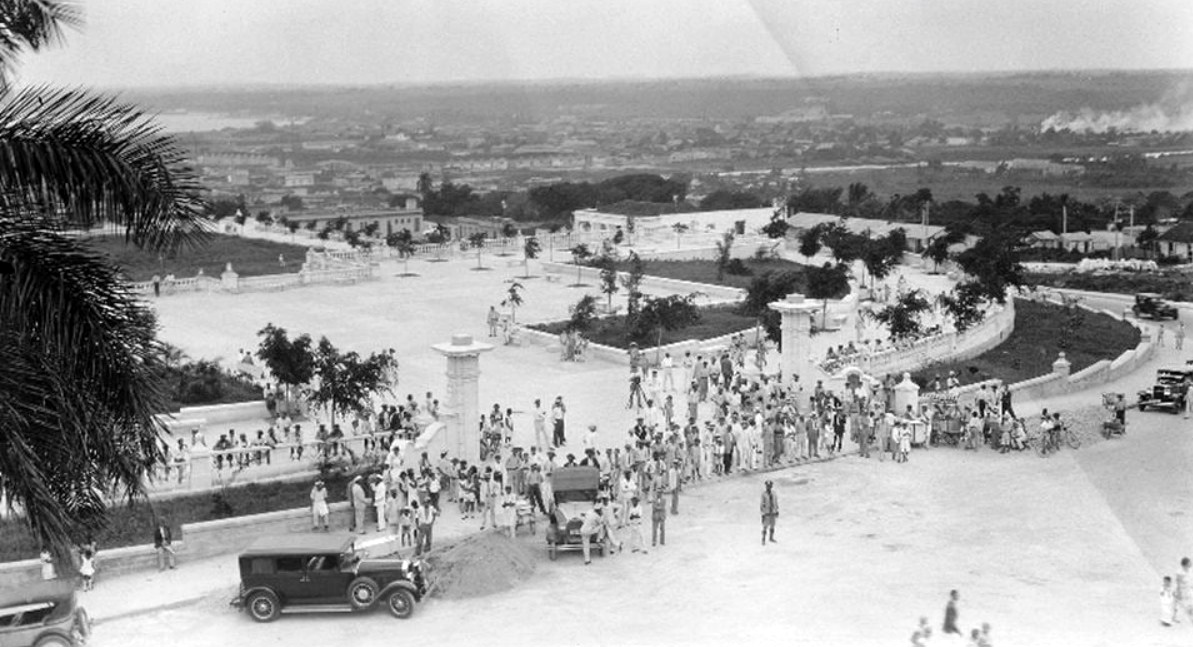
Sources consulted:
Guillermo Jiménez Soler: The companies of Cuba 1958Editorial of Social Sciences, Havana, 2008.
Juan de las Cuevas Toraya: 500 years of constructions in Cuba, Chavín, Graphic and Editorial Services, SL, Havana, 2001.
Bulletin of the Ministry of Public Works (1927, 1928, 1929, 1930 and 1931)
Cosmopiles
Marina Diario
Rebel youth
